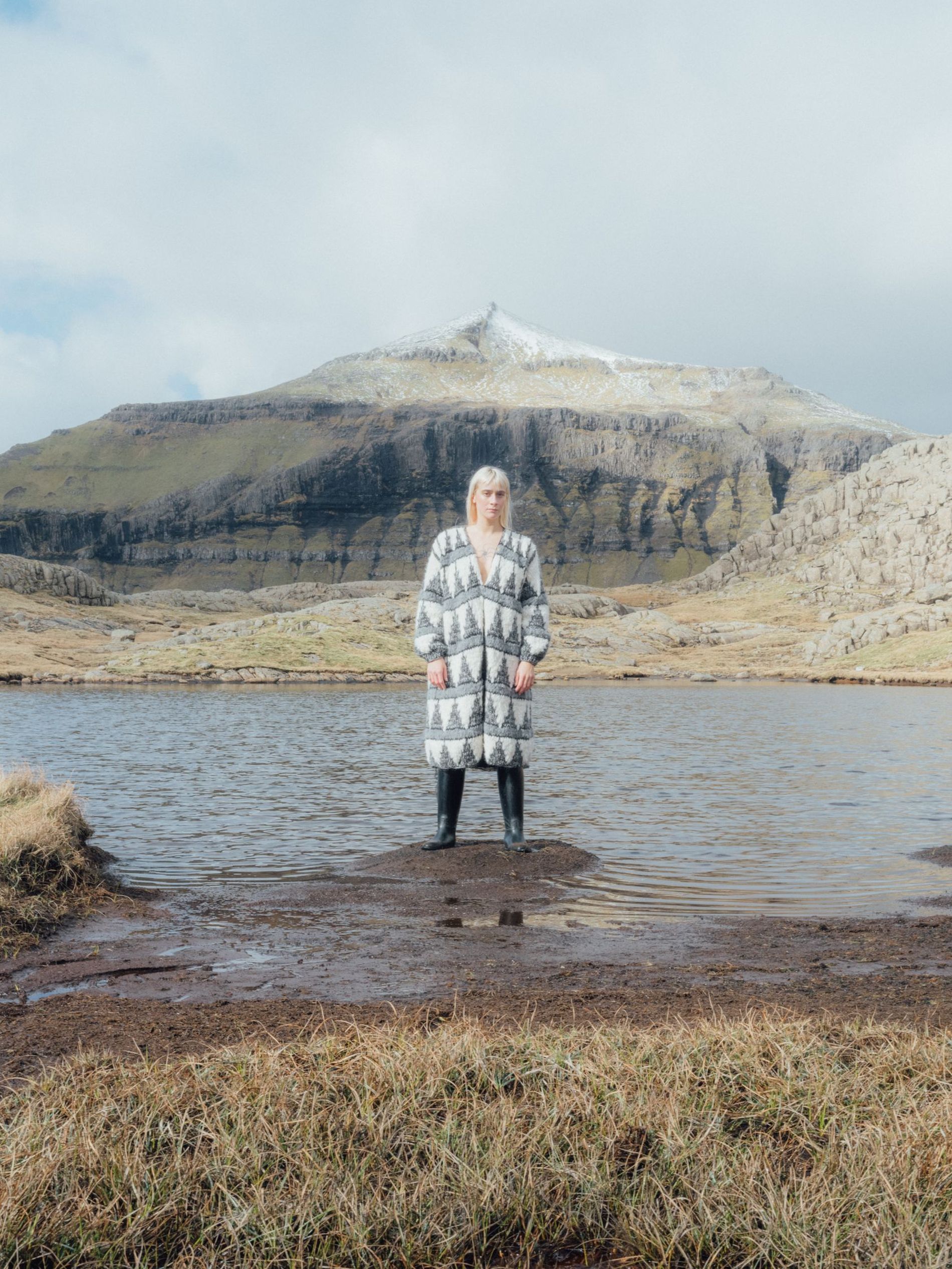From Faroese wool to family factories on Norway’s west coast, get invested in these up-and-coming brands just in time for autumn
Building on a heritage forged out of necessity, knitwear is something Nordic brands know very well indeed. Merging fashion and function, sweater sets and knitted ensembles are no-brainers on the runways of Copenhagen, Oslo, Helsinki and Stockholm. But while Ganni Girls, #houseofgoya obsessives, and Filippa K fanatics are testament to how Nordic knitwear has spun into an exciting corner of the global fashion scene.
As our local talents prove time and time again, whether classic or avant garde, there is no right or wrong when it comes to woolly layers. But beyond these big names there are plenty more Nordic knitwear masters to get familiar with.
Below, we explore the ten best knitwear brands our region has to offer that you probably didn’t know about.
Almada Label
Focused on creating closet classics and cashmere pieces, Finnish brand Almada Label was founded by Alexa Dagmar and Linda Juhola in 2020. Timeless and seasonless, the brand balances impeccable quality with modernised cuts released in drops rather than seasons – all while curating knitwear in muted colourways meant to last. “We want to offer our customers high-end quality yet with a reasonable price tag,” says Juhola. “We keep our margins lower than the industry standard to make this possible. Due to this we never do sales.”
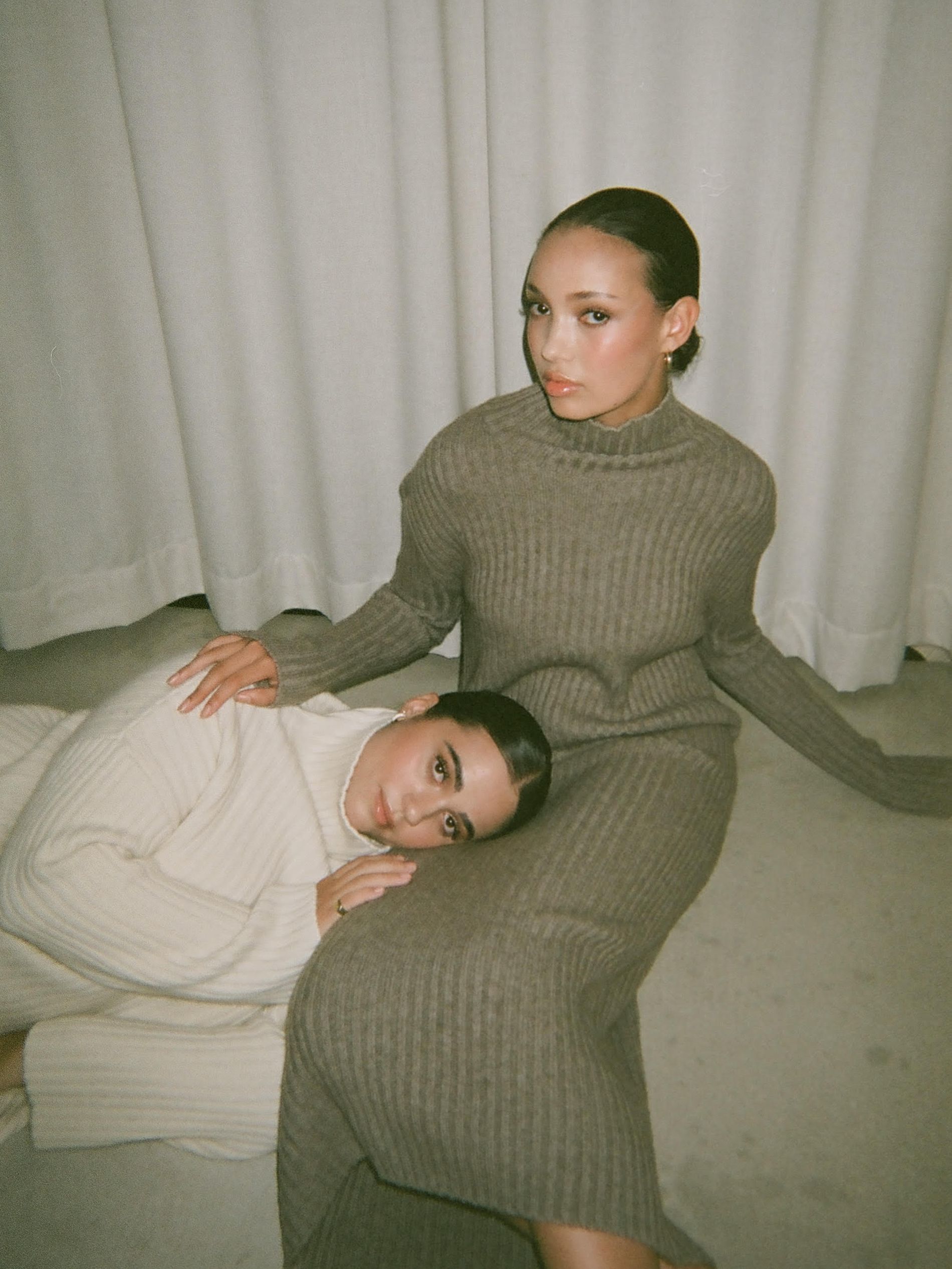
Photo: Almada Label
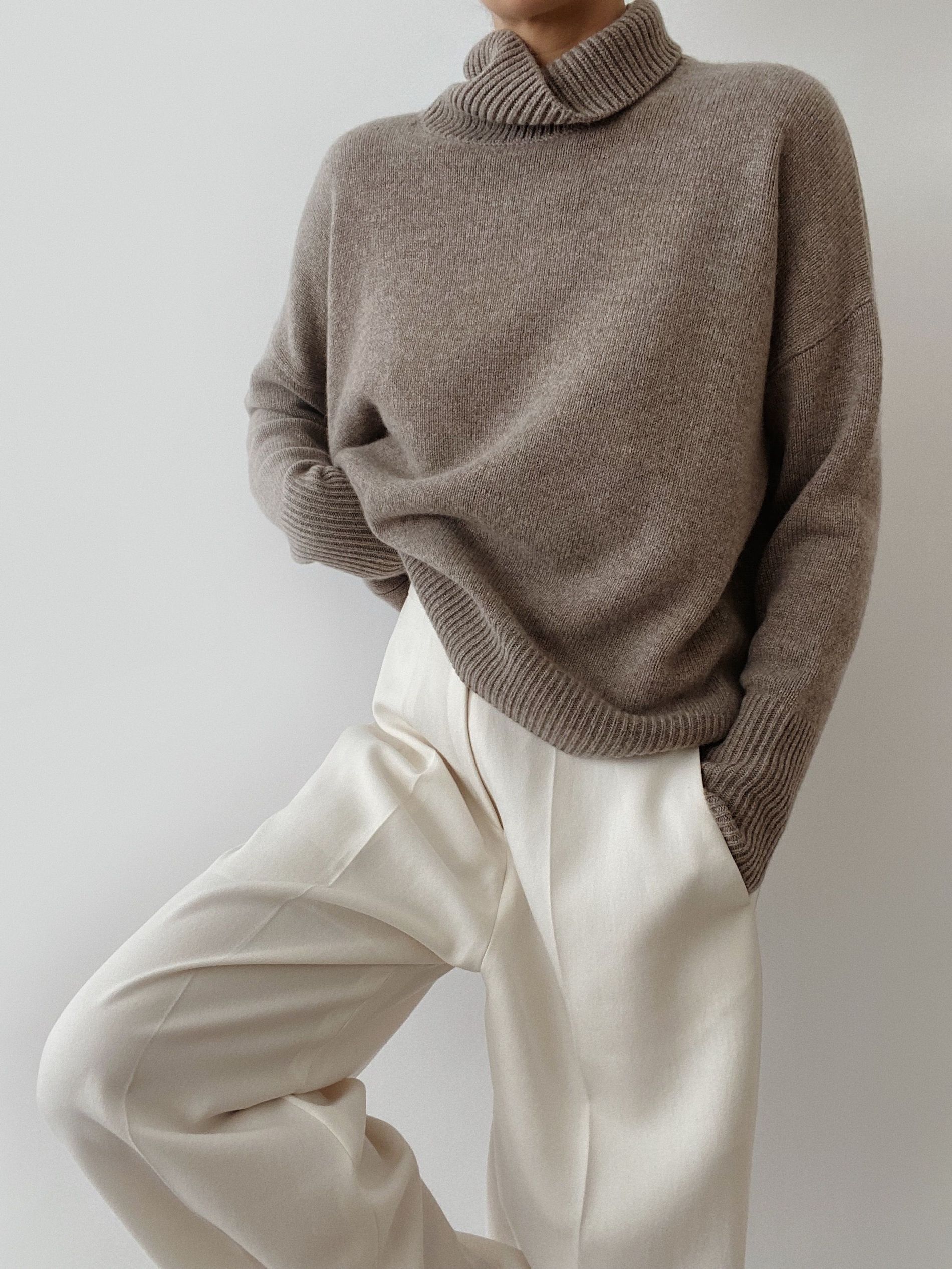
Photo: Almada Label
Scandinavian minimalism is definitely present within the brand’s knitwear designs, making its pieces inherently Nordic. “It is all about simplicity, clean lines and the philosophy of ‘less is more’,” says Juhola. Pointing out that in the Nordics, knitwear is a necessity for every season, not only worn during fall and winter but also during spring and summer, Juhola explains that “it is very much a go-to piece for us Nordic people and we dare to say that makes us experts within the field of knitwear.”
Traceability is a top priority for Almada Label when it comes to sustainability. “Our goal is to fully trace our supply chain: from production to the origin of the materials,” says Juhola. “As we only work with a few carefully handpicked partners who have signed our Code of Conduct, we are fortunate in being able to trace 100 per cent of our production.” Sharing information openly is key to creating a transparent business, with Almada Label divulging everything from the cost of its products and information about its factories to the origins of its materials.
Nadia Wire
Eclectic and colourful, Nadia Wire is the epitome of quirky Copenhagen fashion. The eponymous label was launched in 2020 by founder and creative director Nadia Wire as a way to explore non-traditional ideas. “I wanted to establish a brand where the manufacturing was incorporated into the brand’s existence – to avoid overproduction,” says Wire. As such, the Danish designer decided to set up her own knitting factory before launching her brand. “Basically, I established the team and production site before I had even created the first collection.”
I believe, one of the ways to address overproduction is simply to match supply and demand
Nadia Wire
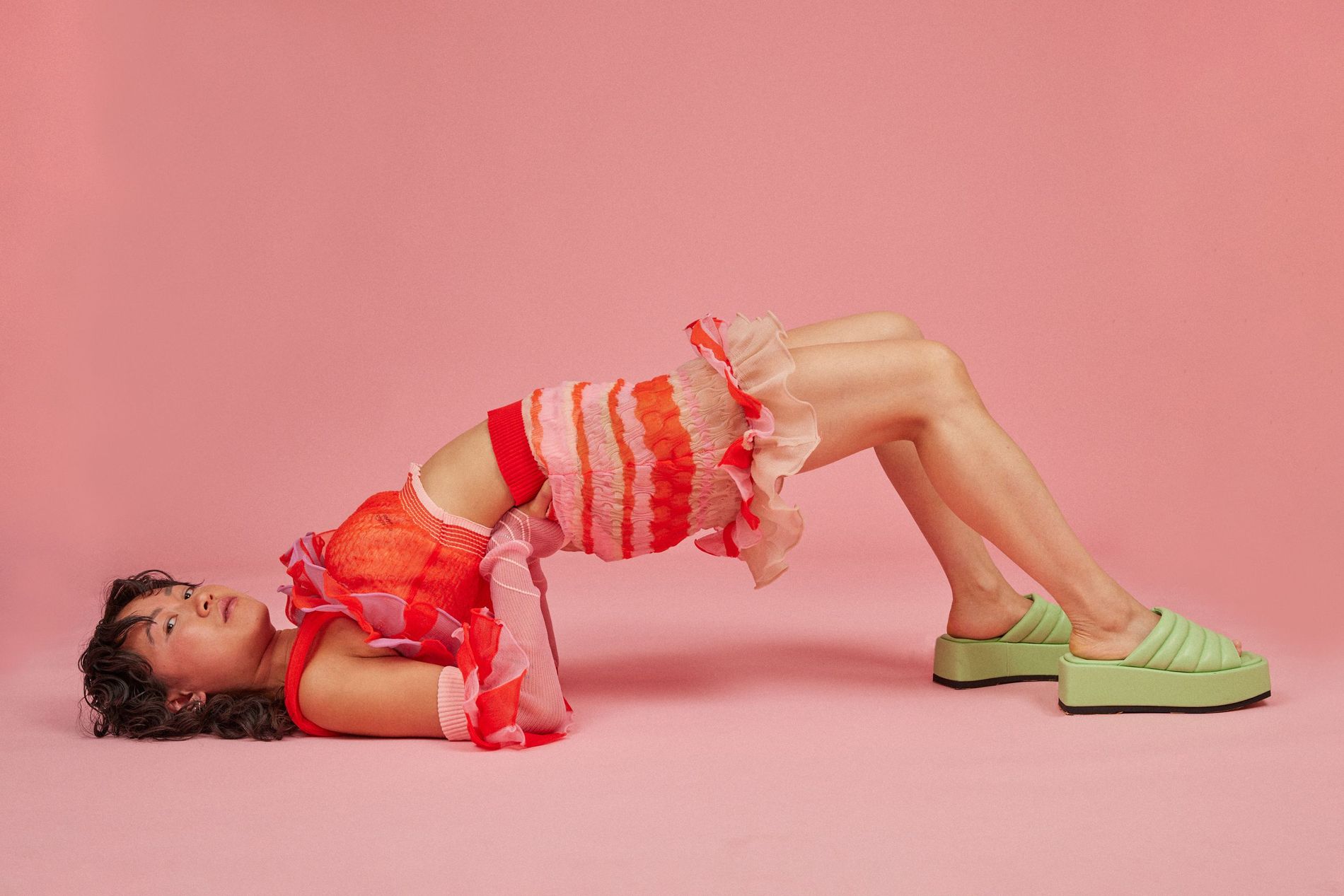
Photo: Nadia Wire
Nadia Wire sets out to equally challenge and pay tribute to knitwear. “We are all about showing the versatility of knitwear, from the delicate and transparent knits to the bold and colourful, while keeping it functional,” says Wire. “We consider knitwear an adventure that needs to be explored.” Every playful piece, featuring trademark frilly trims and eccentric colour combinations, is manufactured and made-to-order in Denmark. “I believe one of the ways to address overproduction is simply to match supply and demand,” says Wire. “Therefore we don’t produce our pieces until we have received an order.”
Being a new emerging brand, it is important for Nadia Wire to take responsibility, which is why the brand has incorporated different ‘waste awareness’ initiatives. “One of the initiatives is that we programme all our knits directly into the knitting machine, which means that every textile that comes out of the machine is shaped according to the product's shape and size,” says Wire. Also known as fully fashioning a garment, it ensures minimal material waste.
Another initiative is that the textile waste that does occur in the label's knitting factory is kept for future use. “Either we re-spin the yarns so we can re-knit with it, or we use our scraps for sampling or incorporate it into new collections,” explains Wire.
Skappel
“In our family, we have a long tradition of knitting our own garments,” says Marthe Skappel, CEO of the Norwegian knitwear brand Skappel. Founded in 2012 with her mother Dorthe and sister Maria, Skappel’s business is simple: they sell knitting kits with a calculated amount of yarn for your chosen design, together with easy-to-follow instructions, shipped to your door. “We could never have foreseen the incredible impact our designs have had on encouraging so many young people to start knitting,” says Skappel.
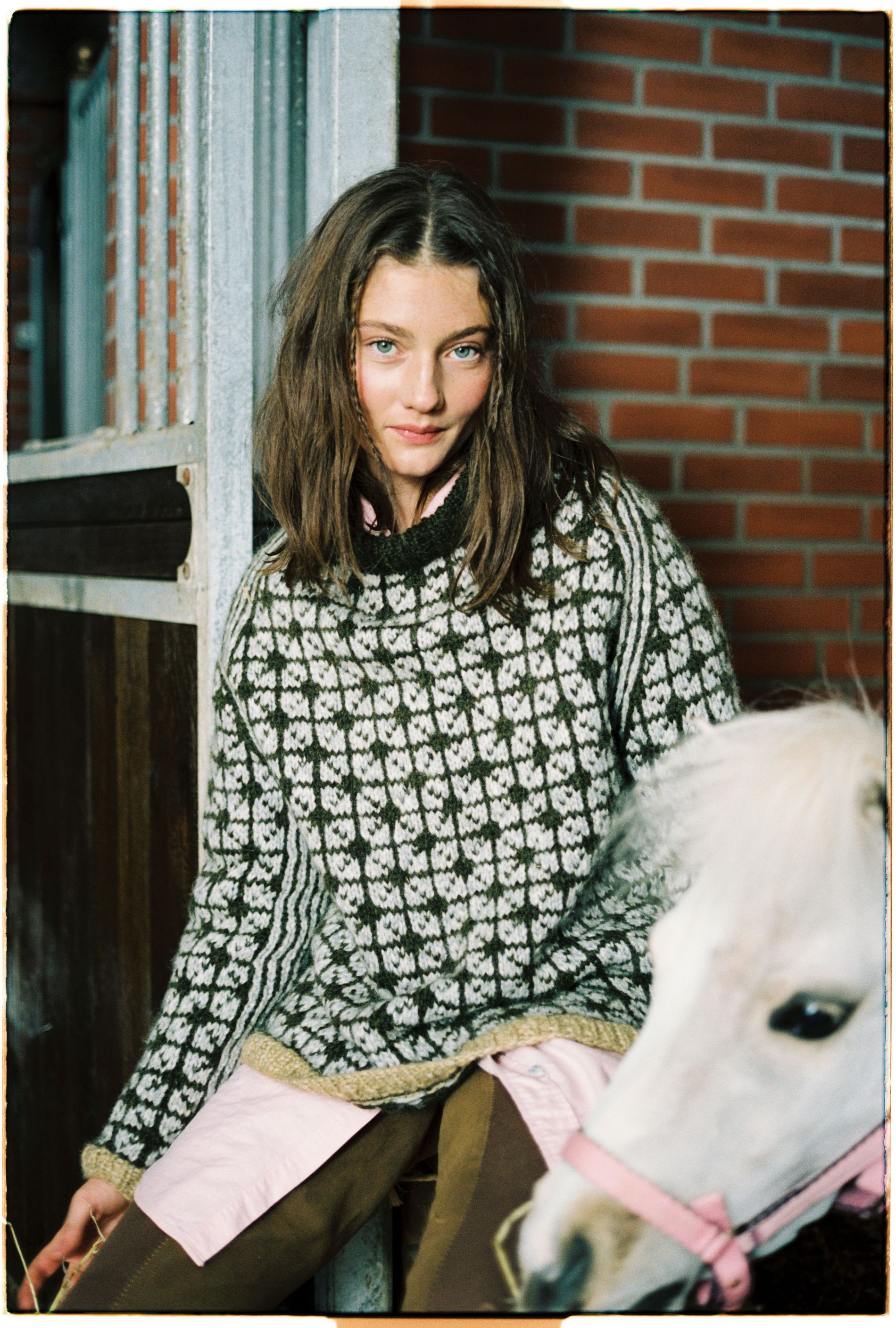
Photo: Skappel
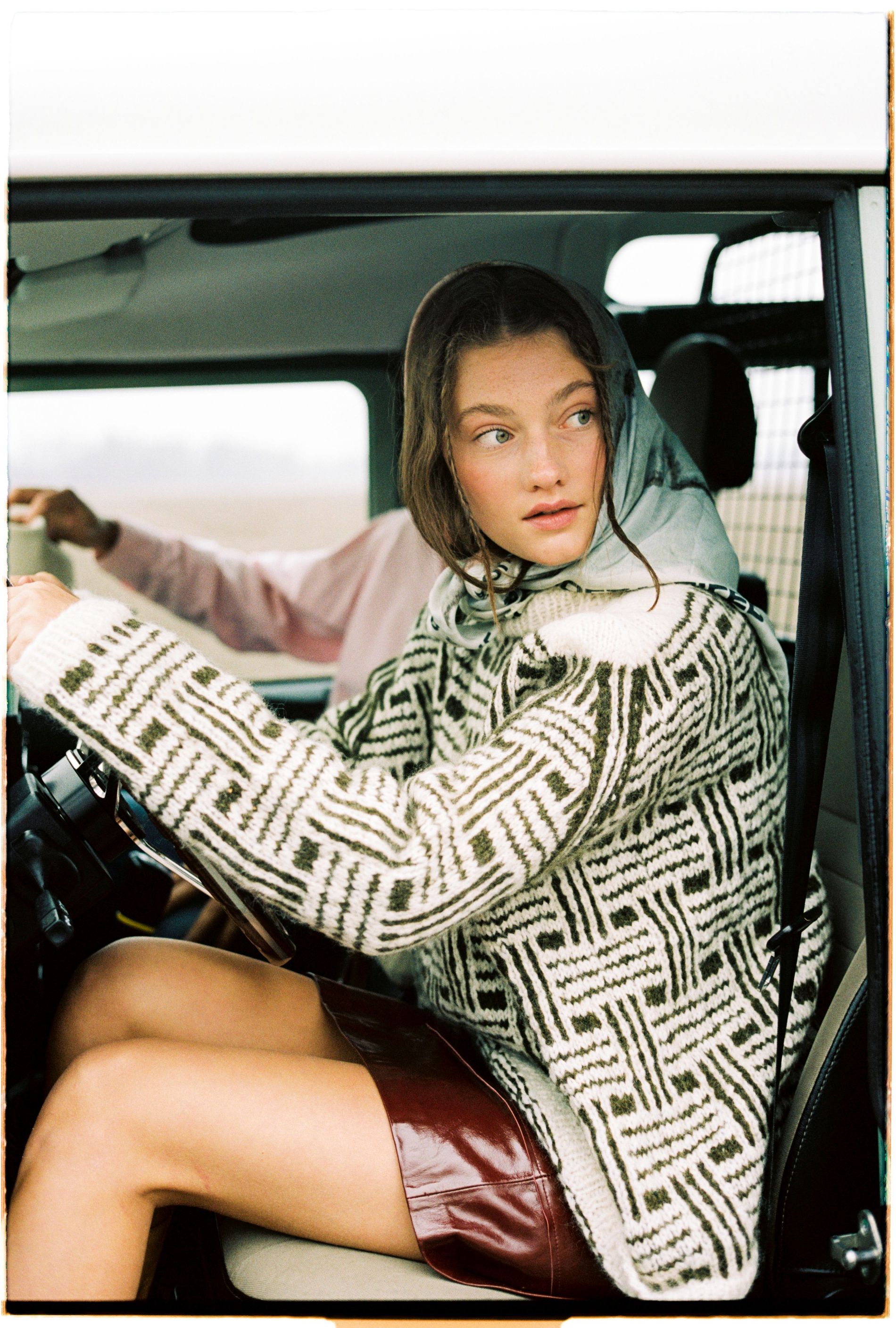
Photo: Skappel
Building on a long heritage of knitwear, Skappel’s use of Norwegian wool and encouragement of craftsmanship are just some of the brand’s quintessentially Scandinavian traits. The switch to locally sourced wool happened during the pandemic when Skappel had issues shipping its usual alpaca yarn from Peru. “We had to look closer to home and realised that the perfect wool had been right in front of our eyes the whole time,” says Skappel. Initially, Norwegian wool was something the Skappel sisters had associated with itchy sweaters from their childhood. Still, with some innovative techniques, they managed to manufacture yarn with the same qualities as alpaca wool – not to mention being certified under The Nordic Swan Ecolabel.
Opting for Norwegian wool was a no-brainer considering the material was made for the Nordic climate and durable in any weather, properties which make the garments last longer. “And let’s not forget, making your own sweater will give you a different relationship to the garment,” says Skappel, “and you will be more likely to repair it instead of throwing it away.”
Myssyfarmi
Finnish brand Myssyfarmi functions on a farm to wardrobe principle. “The original idea was to refine and conceptualise local agricultural products such as wool,” says Anna Rauhansuu, the brand’s CEO and creative director. “We wanted to establish a purpose-driven brand that has nothing to do with fashion as we know it.” Myssyfarmi accomplishes this by only using local materials, refining the wool in local mills, and employing local retired ladies to knit by hand.
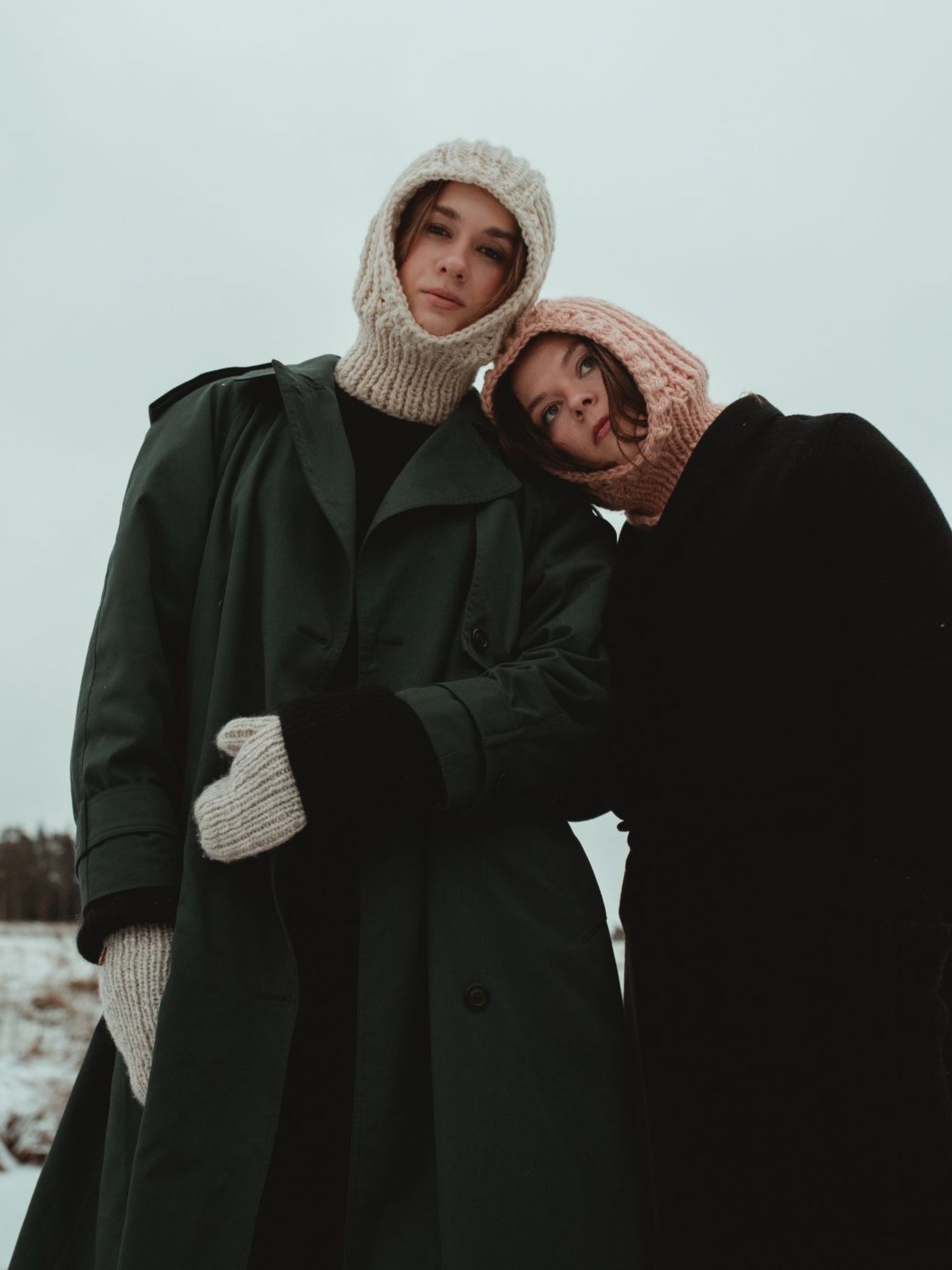
Photo: Myssy Farmi
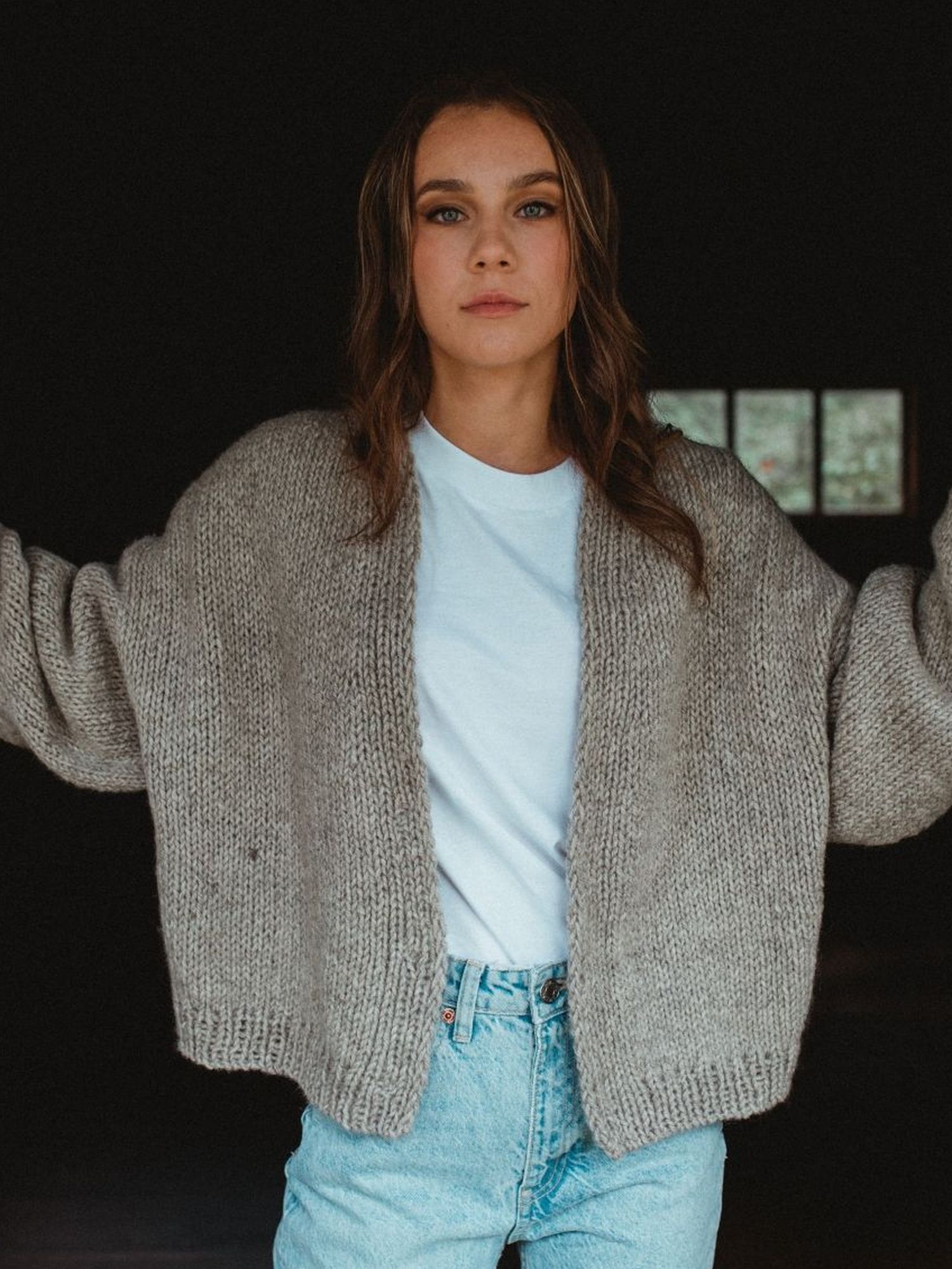
Photo: Myssy Farmi
Operating under the catchphrase “It's not cool. It's warm”, the brand builds on the long tradition of handmade woollen knitwear in the Nordics – especially in Finland. “I have read from a study that Finland has the most people that know how to knit per capita and I bet this applies to all Nordic countries,” says Rauhansuu. Offering fuzzy balaclavas, thick sweaters and knit-kits to try your hand at the craft at home, the brand has built an international following.
Rauhansuu explains that in Europe alone, 200 million kilos of wool is wasted every year due to market value or production chains. By using domestic wool and employing ‘grannies’ Myssyfarmi helps fight overproduction. “Taking the domestic wool in use is a big ecological issue,” Rauhansuu points out. “And employing retired citizens gives them meaningful things to do, a society to belong to and an extra income.”
Oleana
Norwegian label Oleana was started as a protest against outsourcing. “We have a long history of knitting [in the Nordics], with plenty of raw material and creativity, especially here on the Norwegian west coast,” says Gerda Sørhus Fuglerud, Oleana’s CEO and owner. The brand was founded by Sørhus Fuglerud’s mother, Signe Aarhus, Hildegunn Møster, and Kolbjørn Valestrand in 1992, when textile production was moving out of Norway and the unemployment rate was high.
Over the last 30 years, Oleana has carved out a clear aesthetic with floral prints knitted in contrasting colours, slim silhouettes and classic cuts. “I see great potential for Oleana as an iconic knitwear brand and I feel the need to take care and elevate on what we have here,” says Sørhus Fuglerud. “In the Nordics we live in our knits all through winter! Living here, you will need sharp knits for the office as well as fun, expressive statement knits and simple base layer knits to stay comfortable all year round,” she continues.
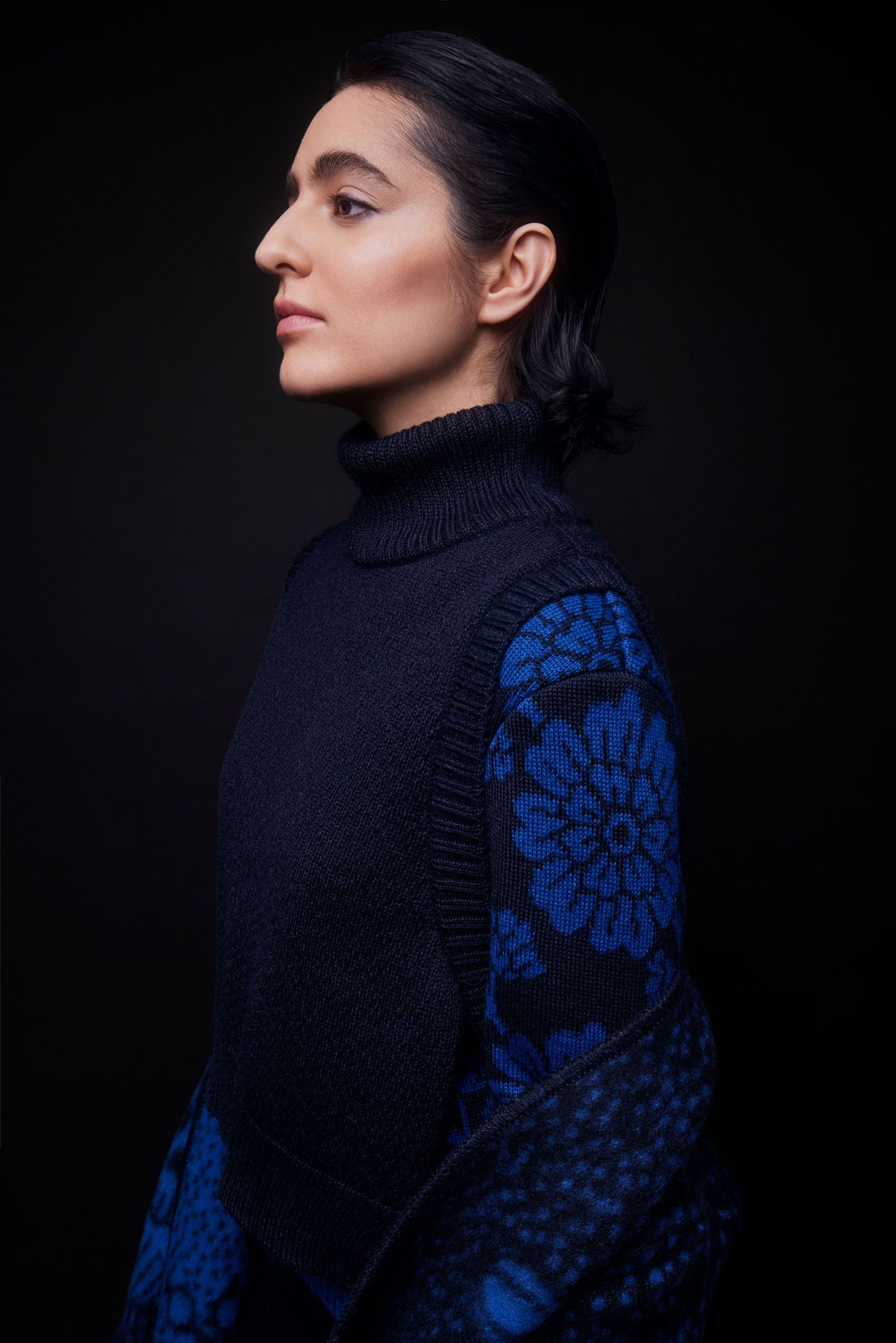
Photo: Oleana
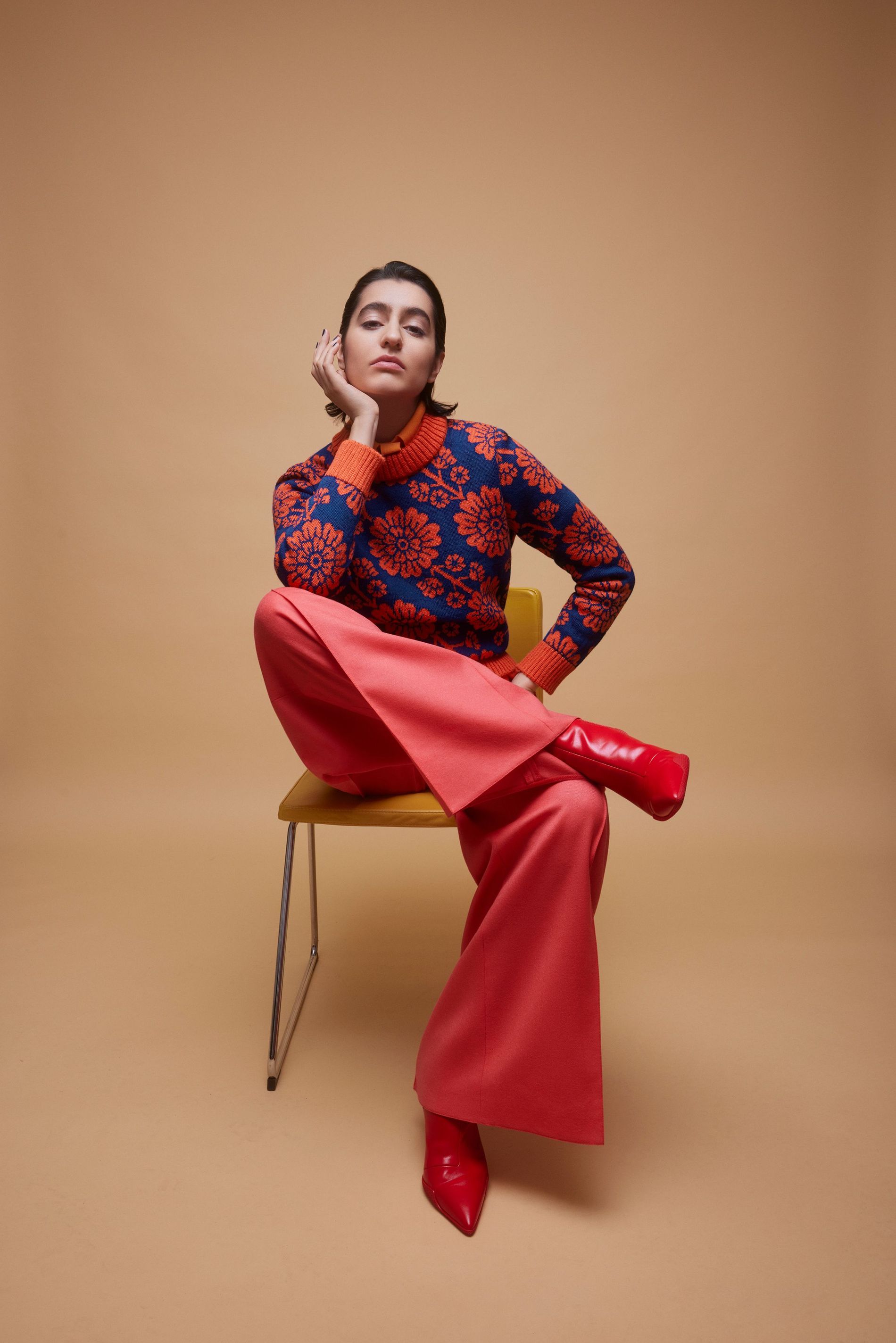
Photo: Oleana
Founded on the principles of ethical, environmentally friendly, and thoughtful design, Oleana’s products are still designed, knit, and sewn in Ytre Arna and proudly labelled "Made in Norway.” “The craft is our cultural heritage as well as the basis for further technical and artistic development,” Sørhus Fuglerud explains. From offering repair services to opening their factory to the public, Oleana has “nothing to hide,” she says. “I look at business success as a triple bottom line. We have to create social, economic and environmental value.”
Santosh
Originally a multi-brand store, Finland's Santosh started in 2011 when co-founders Antonia and Helena Stackelberg were on the hunt for the perfect shawl to stock. After months of fruitless searching, they decided to create their own. “It was something that grew organically, Antonia says. Put simply, the brand was launched because the duo thought they could make things better using their own methods.
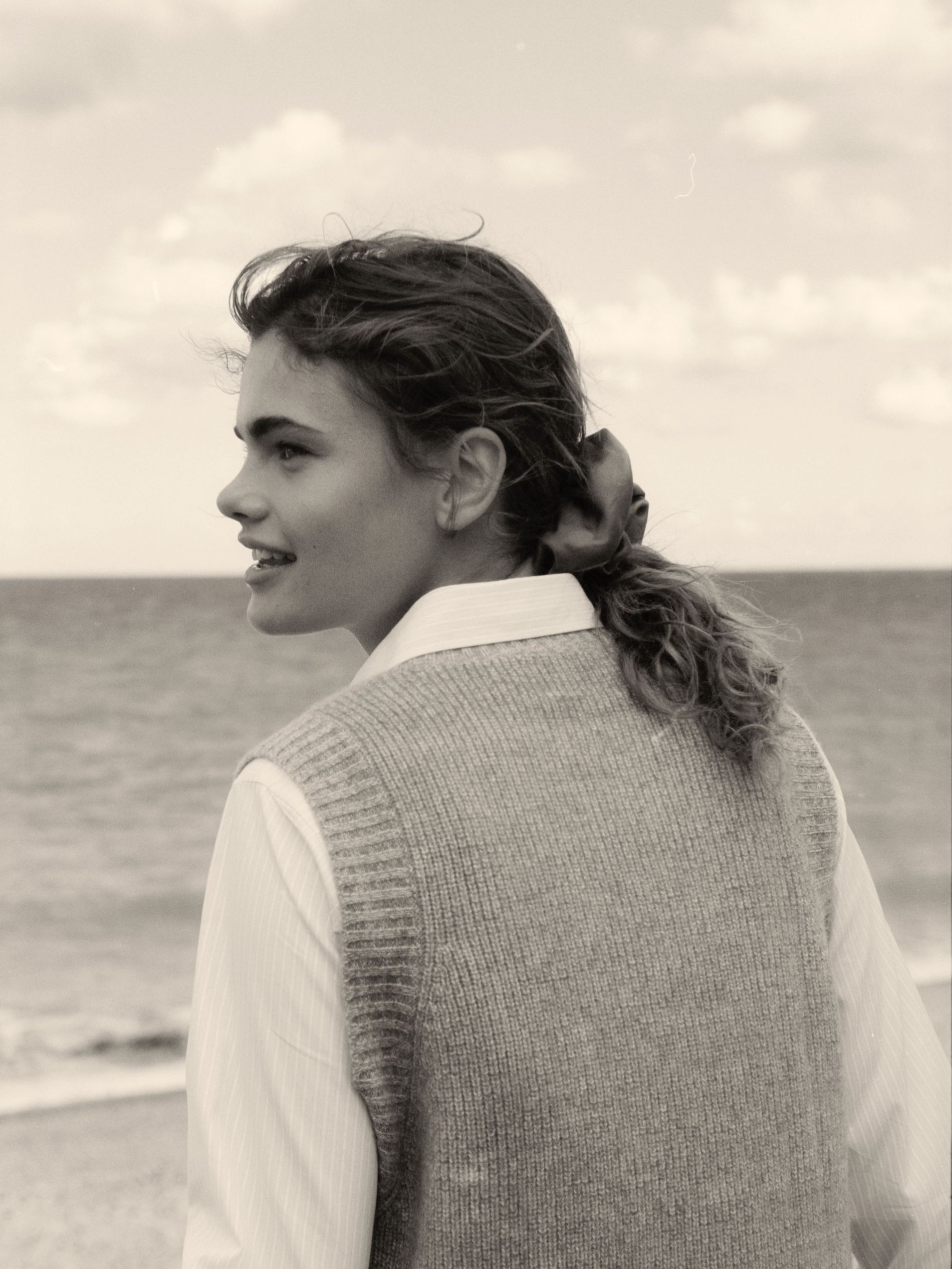
Photo: Santosh
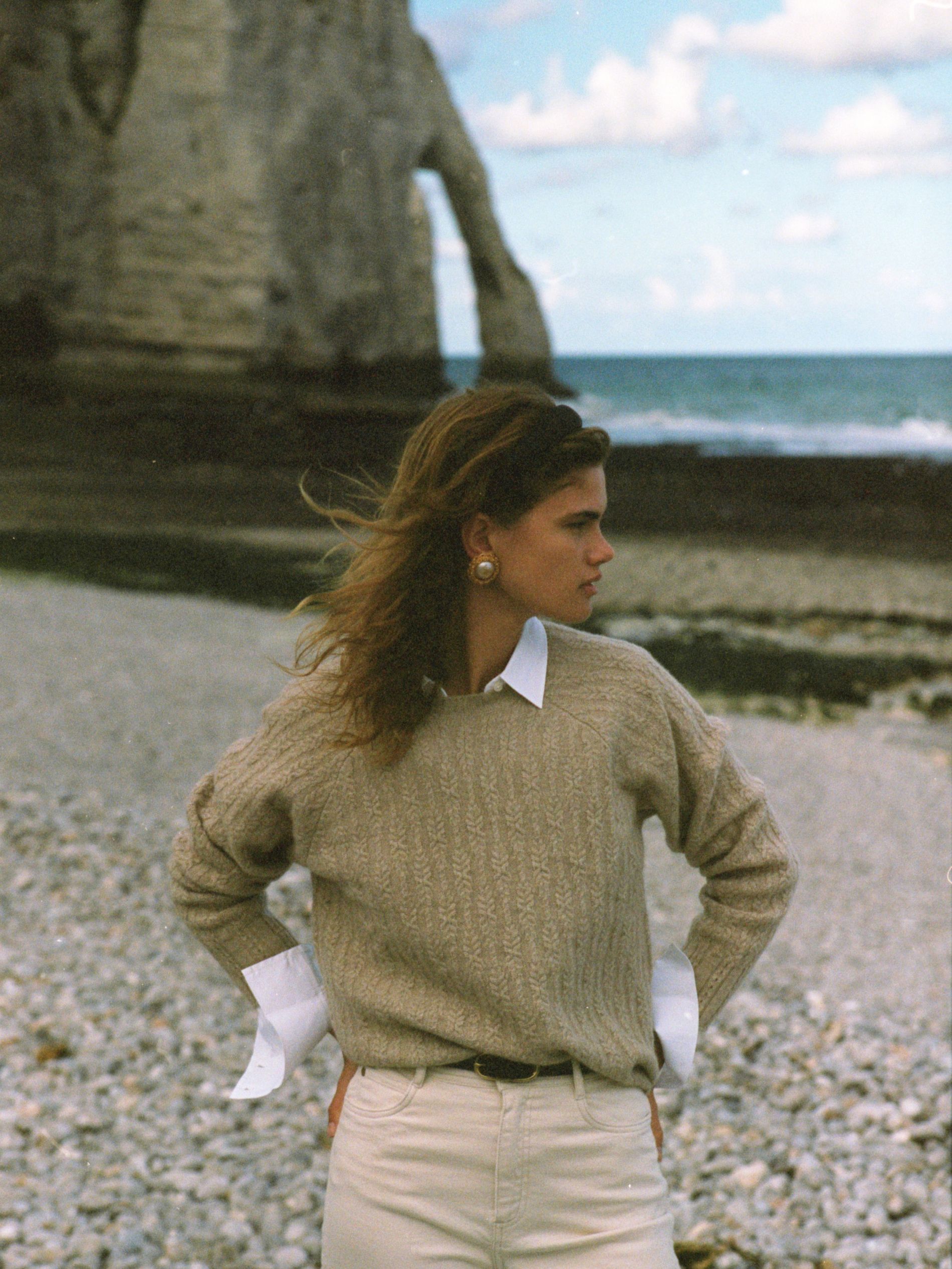
Photo: Santosh
Built on a collection of classic cashmere pieces manufactured in Mongolia under rigorous ethical, sustainable and social standards, the brand focuses on pieces with a timeless appeal, “Each with a bit of edge,” adds Antonia. Made from the world’s finest cashmere, sourced directly from herders on the Mongolian steppes, the garments are spun, dyed, and manufactured all in the one factory in Ulaanbaatar.
Guðrun & Guðrun
Operating out of the Faroe islands, Guðrun & Guðrun was founded 20 years ago by Guðrun Rógvadóttir and Guðrun Ludvig when “knitting was not cool at all,” according to Rógvadóttir. “We started the brand as we found it heartbreaking to see big bonfires during summer when the sheep were sheared. Wool is the gold of the Faroes we used to say,” she continues.
But somewhere along the road, we gave up quality for quantity. Rógvadóttir and Ludvig understood that the low price tag of fast fashion does not just indicate bad quality, but also that someone else is paying the price – be it the animal or the worker. “We wanted to make use of the waste material that came from mutton production,” explains Rógvadóttir, meaning no lamb is being killed for the wool or lamb skins that the brand uses.

Photo: Guðrun & Guðrun
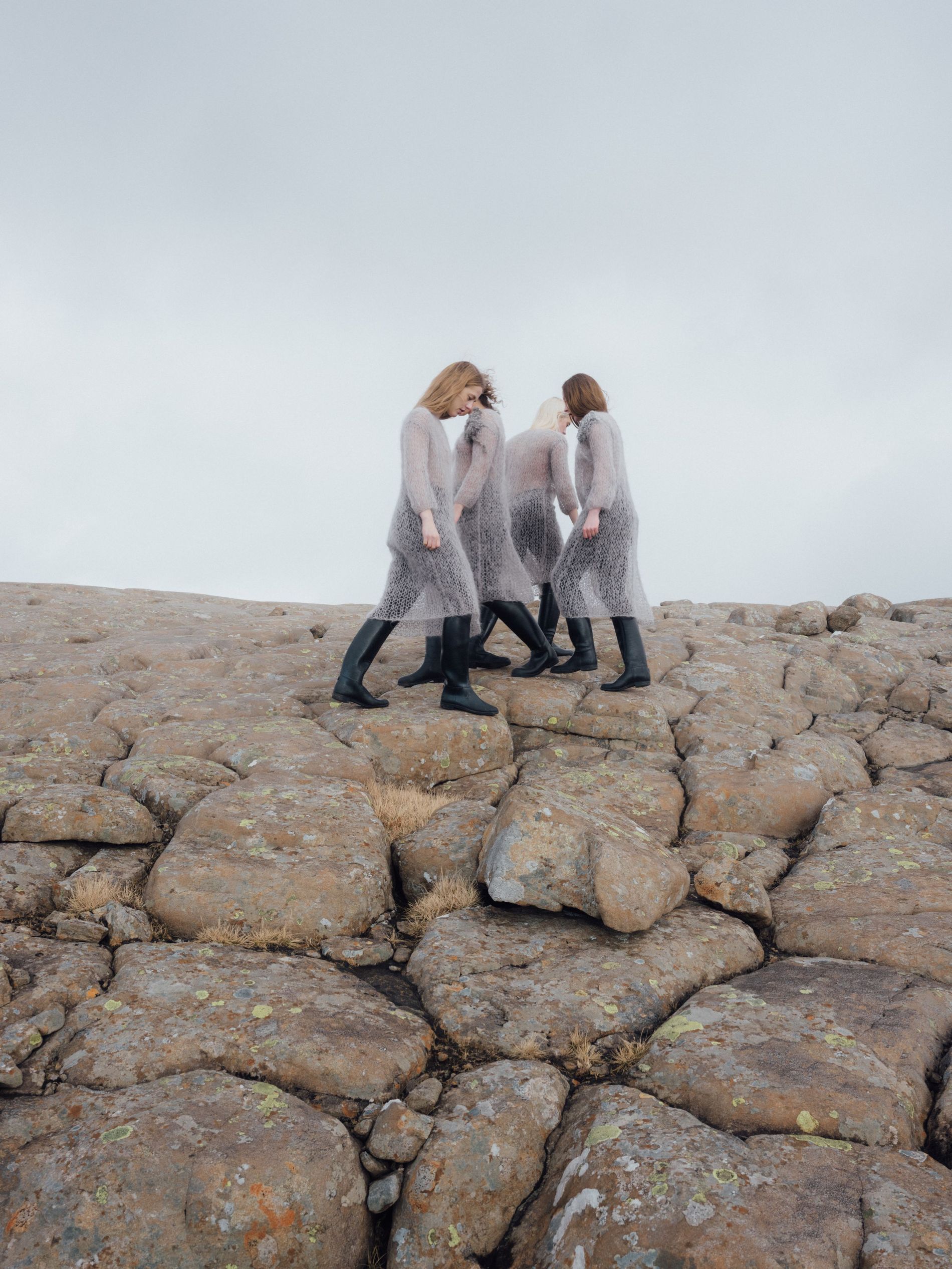
Photo: Guðrun & Guðrun
In old times wearing knitwear was not about fashion, but about surviving a cold winter
Guðrun Rógvadóttir
The brand is also aware of its historical roots. Especially in the Nordics, we’ve been wearing hand-crafted quality clothing made from wool, linen, and other natural fibres for thousands of years. “In olden times wearing knitwear was not about fashion, but about surviving a cold winter,” says Rógvadóttir. Designed by Ludvig, the brand’s sorbet coloured knitwear manages to tread the fine line between innovative material mixing and traditional hand knitted techniques.
At the end of the day, a sweater should feel warm, look beautiful, be personal, and last a lifetime. The only way to achieve this according to Rógvadóttir and Ludvig? A little wool and a lot of know-how.
Soft Goat
Swedish label Soft Goat is all about cashmere. Spanning the entire wardrobe, from fuzzy footwear and knitted accessories to outerwear, the brand has become synonymous with soft sets. “I think the Nordic style is very effortless yet stylish, which makes knitwear apparel suitable for many occasions, not just for relaxing at home,” says founder and creative director Stephanie Bergström. “I love to dress up in knitwear.”
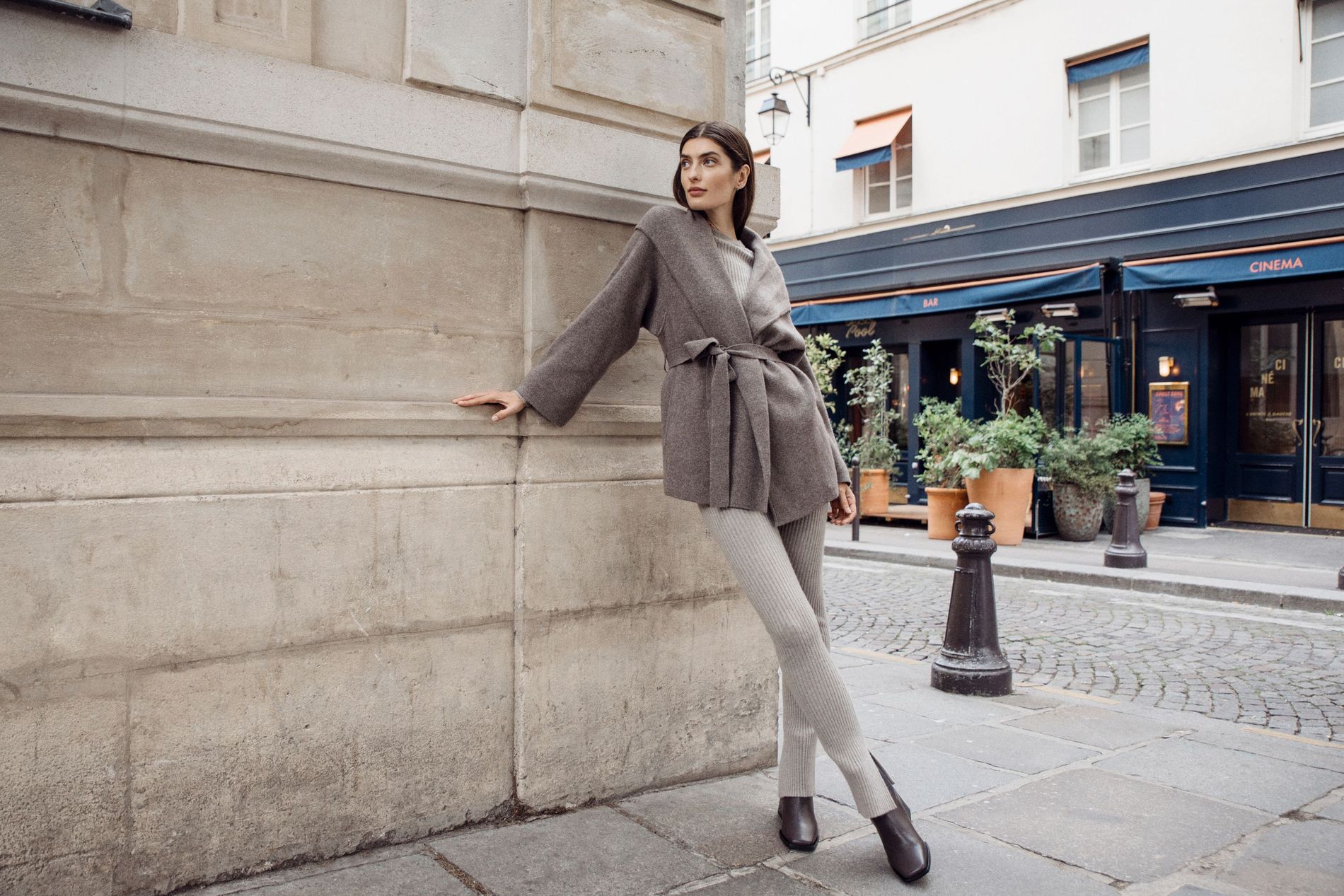
Photo: Soft Goat
“I have always been fascinated by the cashmere material, it is something that has been very highly regarded in my family for generations and I still have my grandmother's old cashmere cardigan,” Bergström says. The durability of cashmere, when taken care of in the right way, is a quality that contributes to slower fashion and combats overconsumption. “I think Soft Goat stands out in that sense,” continues Bergström. “That you can find classic yet fashionable cashmere pieces that will last over time.”
O.A.D
Ask any Scandinavian and they'll tell you, knitwear has a special place in our wardrobe and in shaping our cultural heritage and personal identity. And according to Norwegian brand O.A.D, it is the embodiment of ‘koselig’ – the feeling of being safe and warm. Primarily a country of fishermen and farmers, living in alignment with — and at the mercy of — nature, in Norway knitwear not only provided protection and shelter from the elements, but told the story of who you were and where you came from. “That's what knitwear is for us,” says O.A.D founder and creative director Maria Lilly Flakk. “More than a wardrobe item, it's an emotion, the feeling of home.”
The sister company of heritage brand Devold of Norway (founded in 1853 and known for its outdoor activewear), the recently launched O.A.D focuses on fashion in the form of premium knitwear. “We asked ourselves ‘what would be possible if we let craftsmanship and quality drive our design?’,” explains Flakk. The answer was O.A.D, combining premium high quality materials and innovative production techniques to create timeless styles that will last.
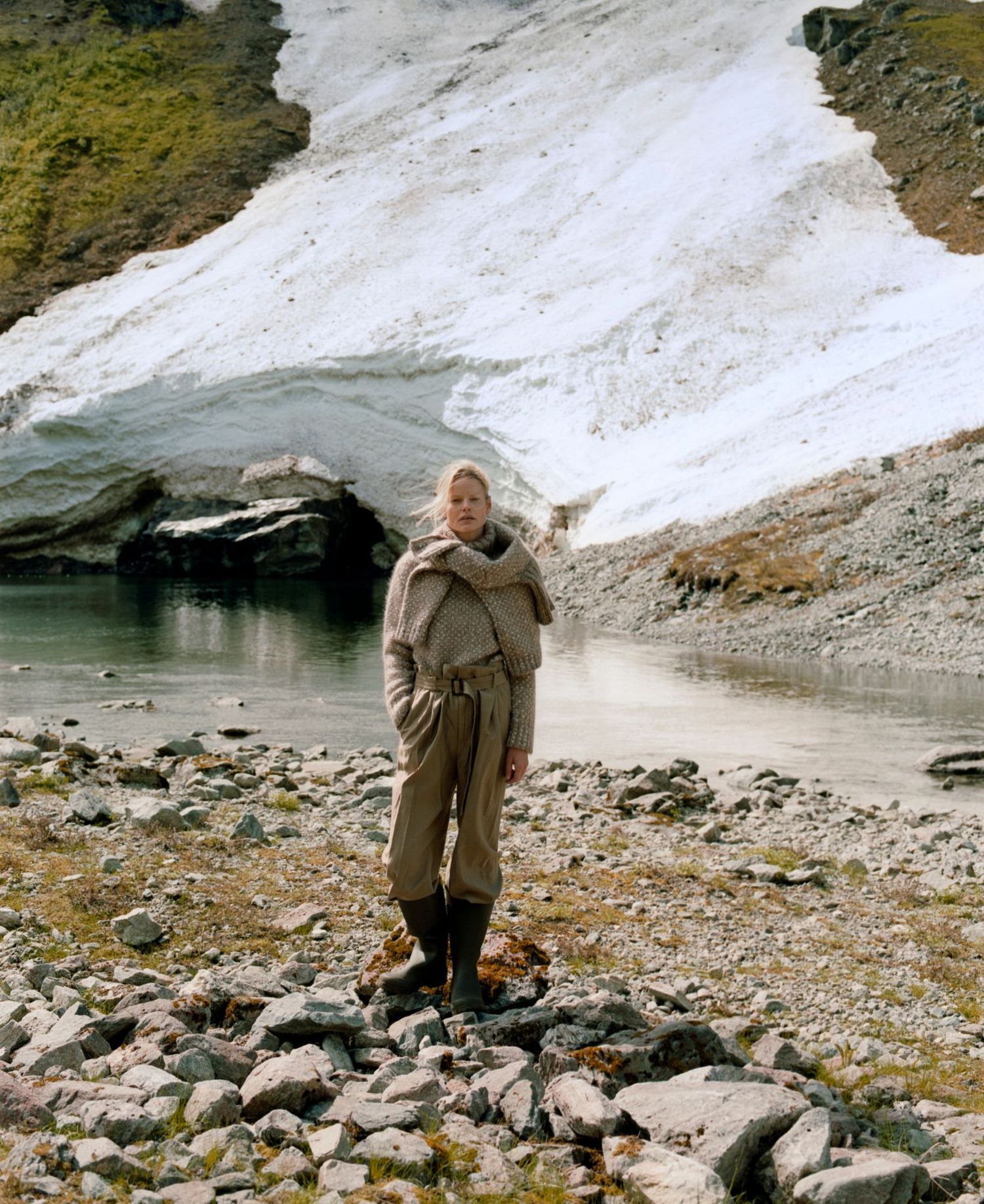
Photo: Lasse Fløde
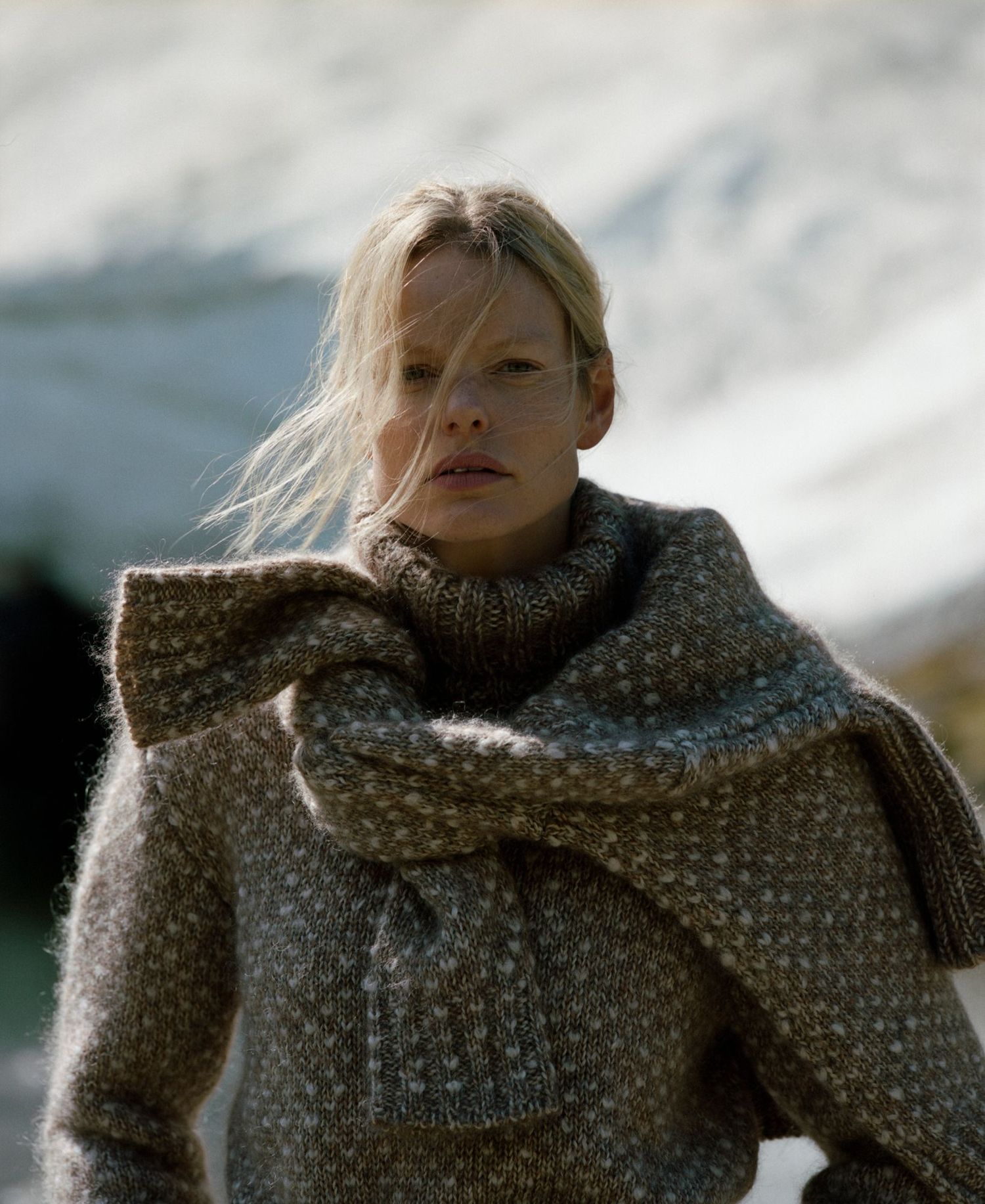
Photo: Lasse Fløde
Inherent to its Nordic nature, a sustainable and environmentally considered approach is a guiding principle of the brand’s design and product development process. “To start, we only use natural fibres,” says Flakk. “All of our yarns are traceable, and we carefully select suppliers whose responsible practices towards the environment, animals and the planet, align with our own values.” The brand also looks at the entire life cycle of a garment. “For instance, it's not only important that a garment is produced sustainably, but also that it lasts,” she continues.
Spanning sustainable initiatives such as requesting matching yarn from the brand’s archive to mend potential tears and a professional repair service in the brand’s Langevåg atelier, an O.A.D sweater is meant to span generations.
Phi Atelier
“The obvious reason for us in the Nordics to wear knits is because of the climate,” says Camilla Modin Djanaieff, the founder of Stockholm based brand Phi Atelier. The brand came to be as an ode to the traditional Norwegian jumper ‘lusekofta.’ “My grandmother was Norwegian and we spent time in the mountains in Norway, so of course I wore ’lusekofta’ when I was growing up,” the founder explains. Before launching, she needed a “very good reason to start yet another clothing brand.” But luckily, she found one: “I always looked for ‘the perfect sweater’, but there was always something off.”
The obvious reason for us in the Nordics to wear knits is because of the climate
Camilla Modin Djanaieff
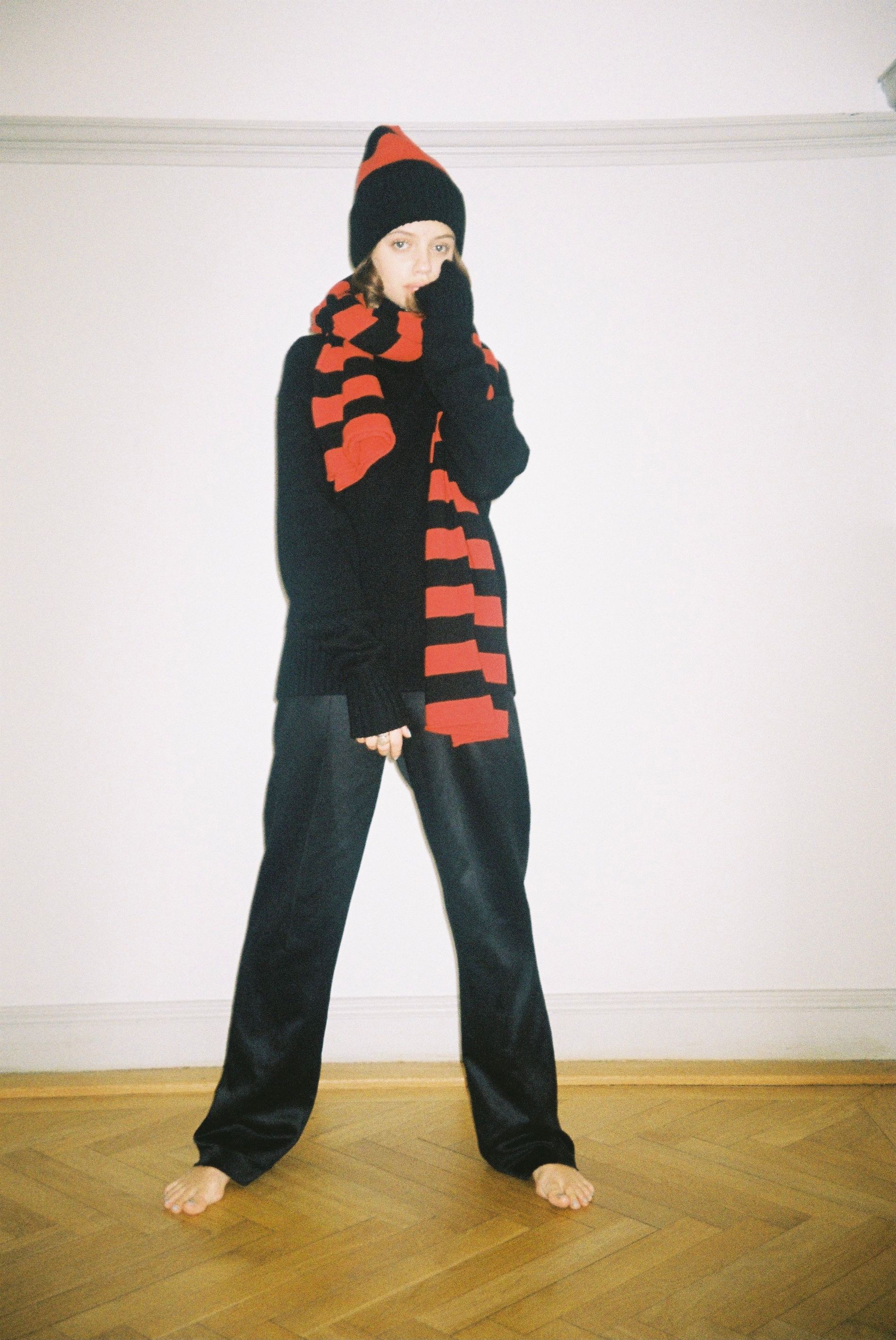
Photo: PHI Atelier
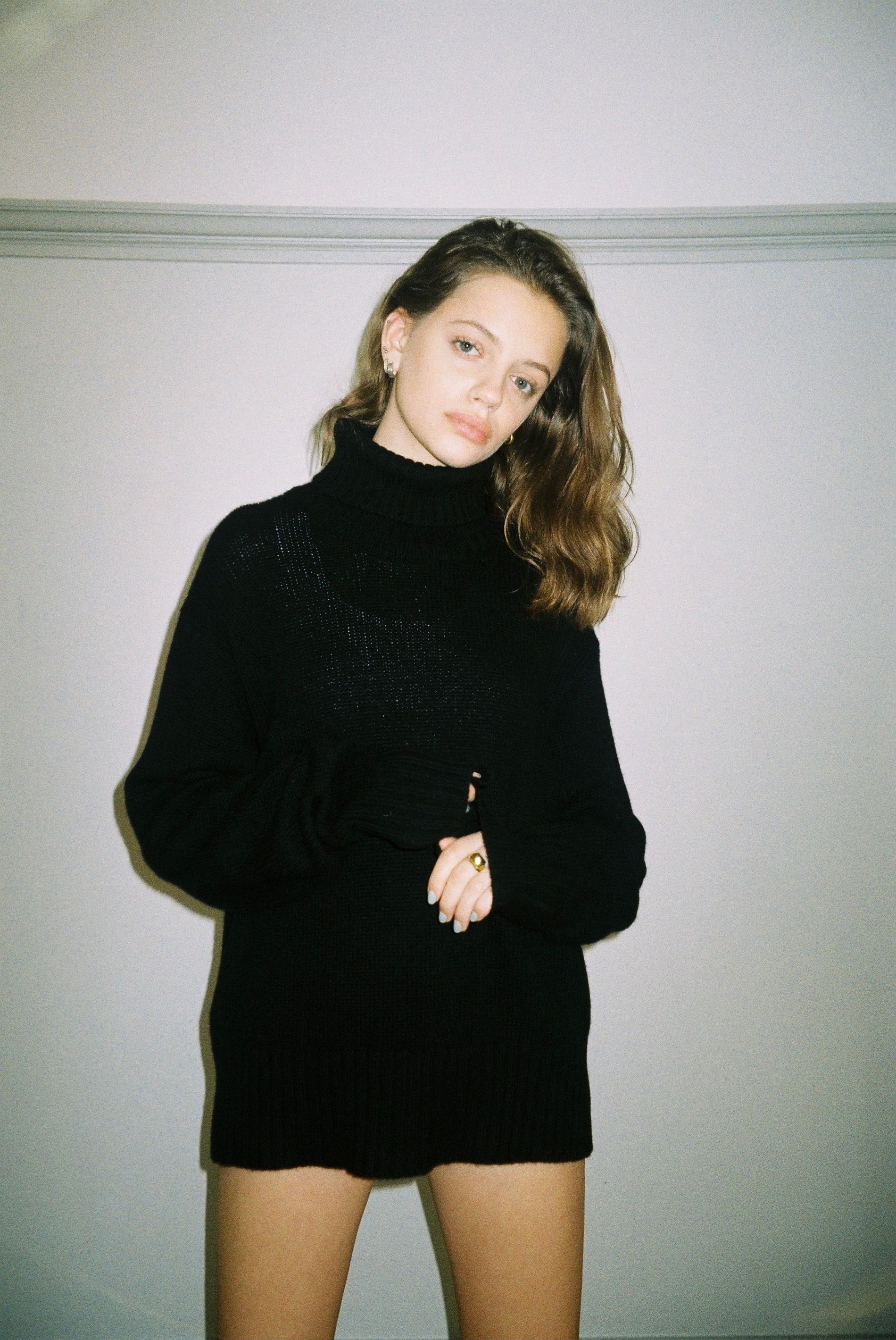
Photo: PHI Atelier
Another reason for why Phi came into existence was that – at the time – almost no knitwear made of recycled merino wool or cashmere was available on the market. “We produce all garments on a small scale at family-owned and carefully selected factories in Europe. And what I absolutely love about our way of producing knits is that merino wool and cashmere are natural materials,” explains Modin Djanaeiff.
Today, the brand’s signature stripes and buttoned shoulders have become modern Swedish classics. “I think Phi stands out in the way that we don’t jump on trends, rather we make timeless sweaters without being boring,” Modin Djanaeiff says. “There is something extra with a Phi garment that you maybe can’t put your finger on, but you can feel it."
